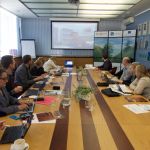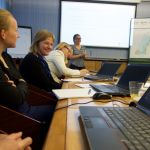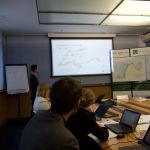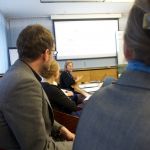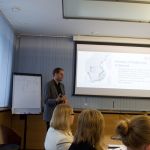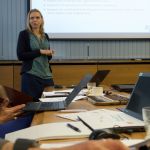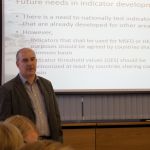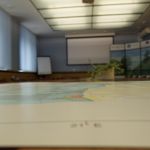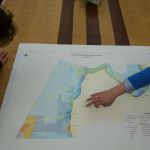22 May 2015 in Riga, LATVIA
During the 1st planners meeting of the Central Baltic case the partners presented and compared their national inventories and MSP planning status and agreed on four priority topics to be included in the case:
- Fishery
- Shipping
- Energy
- Environment
FILE DOWNLOADS
PRESENTATIONS
MSP status and envisaged activities in Latvia
Ecosystem based approach in MSP
Maritime spatial planning in Estonia – current situation and future plans
Socio-economic data and maps by NORDREGIO
PHOTO GALLERY






